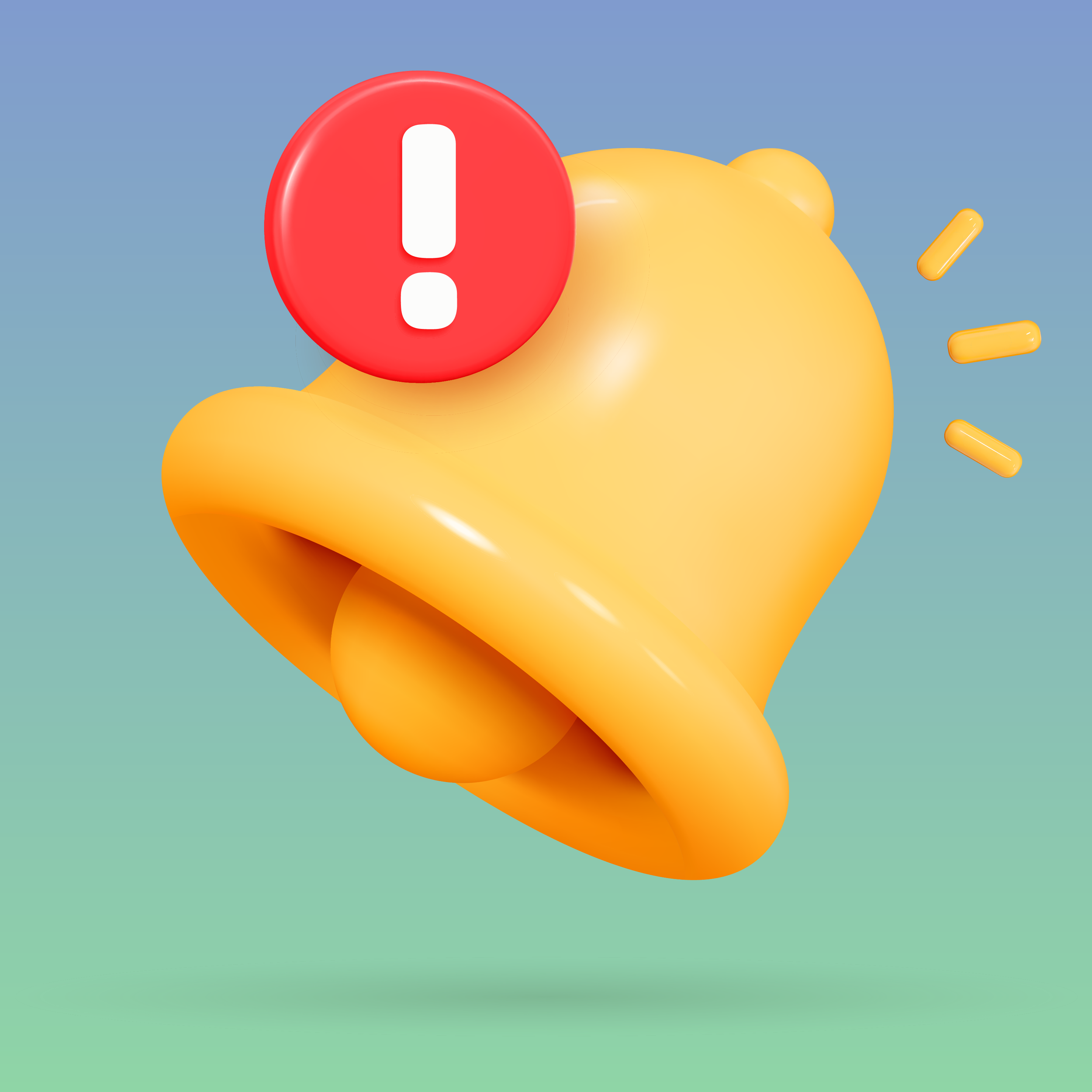Are You Pursuing a Multichannel Sales Strategy?
During the pandemic, many brick-and-mortar stores were forced to close or implement stringent health safety protocols if they were lucky enough to be deemed essential and allowed to stay open. Many small businesses suffered financial hardship. However, some thrived in this dire situation. Those businesses that flourished often used a second sales channel to interact with their customers - online. Customers could browse these online stores anytime they liked, place an order, and wait for their shipment to arrive at their doorstep a couple of days later. Some stores with a physical location nearby also offered their customers to pick up their orders in-store (BOPIS), saving them the shipping charge.
Fast forward to today.
After learning how to master online shopping, many customers now appreciate its convenience and flexibility. For example, they can shop when they are in the mood without the pressure to visit a physical store during its opening hours. Some even use the online shopping cart to replace the seemingly outdated paper shopping list. And what about birthdays and other celebrations? Today's astute shopper has learned that their gift can be shipped directly to their friends and family simply by changing the default shipping address. The time-consuming task of driving to a store - or multiple -, buying a gift, wrapping it, and bringing it to the post office has been replaced by a few mouse clicks.
Millennials, Gen X, and Baby Boomers Have Become Online Shoppers
In a post-pandemic world, offering customers more than one way (channel) to buy is critical, especially for small businesses. According to the June 2021 Global Consumer Insights Pulse Survey by PwC, a consultancy, respondents in the US said that they are buying almost as frequently in-store (58%) as online (51%). Among Millennials (born between 1981 and 1996), 86.2% buy online, while 79.2% of Gen X (born between 1965 and 1980) and 62.1% of Baby Boomers (born between 1946 and 1964) do (Statista May 2020).
Suppose you have a brick-and-mortar store with a set of loyal customers. If you want your business to appeal to a broader demographic and geographic base, you will need to offer potential customers at least an attractive online store for them to connect with your brand. If you find that customers often hang out on Facebook, you could also introduce a Facebook sales channel. Social media, in general, has increasingly become a marketplace for brands to advertise and interact with their customers. Why? Because their customers spend a tremendous amount of time on these platforms - 145 minutes per day in 2020, according to Statista.
While it is tempting to feature your products on as many marketplaces as possible, it is not advisable. Every platform requires some level of maintenance. You will also need to regularly engage with your audience, creating content specifically for that marketplace and keeping it current. All these activities take time in addition to your regular duties. Also, not every platform caters to the same audience. For example, Etsy is a handmade and crafts marketplace. If your products do not fall into this category, you should save your time and effort and spend it on a more suitable platform instead. However, if your business is all about crafts, you should focus on that channel and invest time learning how to best use it to make your brand stand out.
Running a Multichannel Sales Strategy on Shopify
If you use Shopify as your e-commerce platform, pursuing a multichannel sales strategy has become very doable. Besides allowing you to run your physical store on Shopify by adding POS (point of sale) to your sales channels, Shopify also offers a Facebook channel that enables you to sell on Facebook Shop and Instagram Shopping. If you also want your products to show up on Google's Shopping tab search listings, you can add the Google channel in Shopify that automatically syncs your products with Google's Merchant Center. And while you are at it, you could also add the Shop channel to access Shopify's Shop app on which customers can track packages, browse and buy products, and interact with your brand.
Clean Product Master Data are the Key to a Successful Multichannel Sales Strategy
Every order you receive from a customer involves a product. An online customer cannot place an order on a product if it is not in your product catalog or, in technical terms, your product master database.
The first step to a successful multichannel sales strategy is to have all the products you want to sell through any channel in your product catalog.
The second, less obvious step is setting up the product master data to work across all channels. For example, you should avoid using variants to capture the quantity of each product instead of the quantity selector. While this (not recommended) configuration may work in the online channel, it can conflict with other sales channels. For the least amount of problems, I always recommend configuring Shopify's features the way they are intended.











